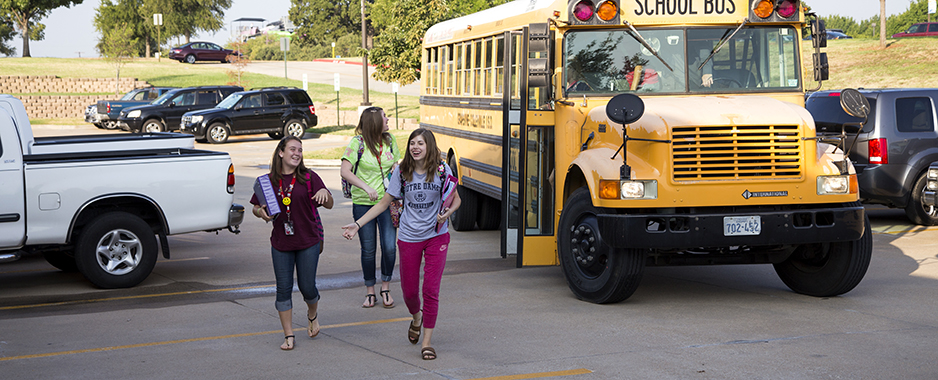
By Jamil Oakford/se news editor
The catacombs of Paris have been renowned as not just a cool place to hold raves but also the site of several disappearances and, more importantly, a mass grave.
As Above, So Below chronicles the footage of a documentary being made about Scarlett, who is hungry to follow in her father’s footsteps in search of a “critical piece of our history.”
Within the first minute, the audience is given a taste of just how hungry Scarlett is when she sneaks into Iran to find a key to the “critical piece of our history.”
The film stars Perdita Weeks as the hungry urban archeologist Scarlett, Ben Feldman as George, the unwilling participant to Scarlett’s search, and Edwin Hodge as Benji, the documentarian who films most of this movie.
The sheer claustrophobic feeling of the setting makes a viewer wonder why horror movies hadn’t thought to use a catacomb before. Most of the movie consists of shots where the characters are crawling through tiny holes and wells underground.
And the scary thought that gets addressed — just before they enter with the help of a trio of Parisians who know the catacombs — is what if the batteries on the headlamps go out?
“If your lamp goes out, you will die,” Souxie, one of the Parisian catacomb experts, warns after giving a laundry list of terrifying, non-supernatural causes of death in the catacomb.
The strength of this movie is the fact that it’s too close for comfort. Shot in the real Parisian catacombs, the film keeps the audience in each character’s face as the tension rises with each meter they descend.
Also, the film thrives on the idea that the past can physically haunt and consume people in the literal sense. It’s not necessarily a unique idea, but the presentation is what makes it stand out from others with a similar idea.
The actors also sell the fear through the movie. Viewers get extreme close-up shots, thanks to the handy cameras installed on the headlamps.
By the time the credits run, the audience has been put through an intense hour-and-a-half with ideas from both the supernatural realm of thought and philosophy mixed in with occult ideas.
The biggest word of caution for viewers is those prone to motion sickness may want to pass this up. The found-footage nature of the film and the large amount of climbing, crawling and running taking place in this film have made people ill. There are few steady shots throughout the movie.
Most scenes contain headlamp shots and handheld camera footage.
The filmmakers throw a lot of information at the audience as George and Scarlett work off of several university degrees-worth of ESP between them. Knowledge of Aramaic, biblical references and possibly French philosophers make it nearly impossible to keep up.
It’s in these moments the audience can feel a bit lost, but, thankfully, it doesn’t happen that often or for that long.
Also, some plot devices were thrown in to help move the film along or to add to the overall vibe but then are completely dropped off by midway and are never addressed again. This is probably the more confusing aspect of the film than even the scholarly talk.
Other than that, this movie is a solid addition to the rapidly growing genre, one that has rapidly turned a tad stale. Horror fans may want to avoid pegging this until they’ve seen it.
Leave expectations in the theater lobby.

























